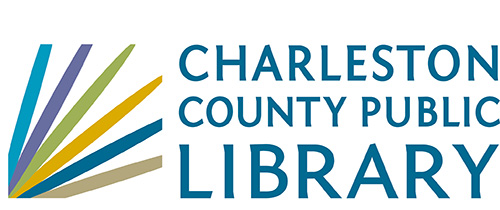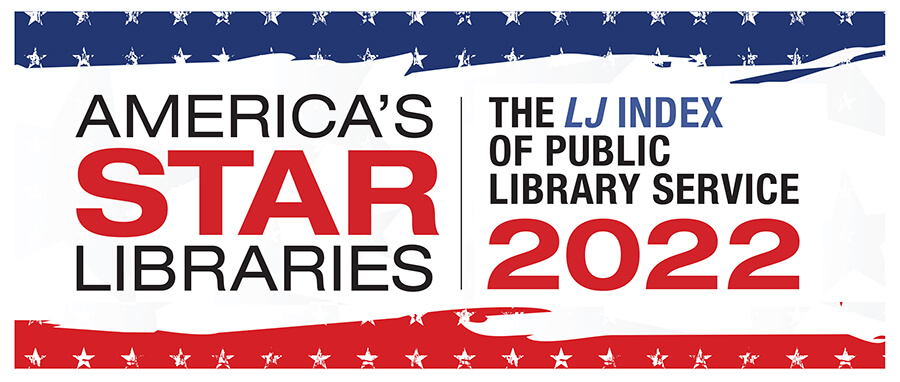Menu
×
John L. Dart Library
9 a.m. – 7 p.m.
Phone: (843) 722-7550
West Ashley Library
9 a.m. – 7 p.m.
Phone: (843) 766-6635
Folly Beach Library
Closed
Phone: (843) 588-2001
Edgar Allan Poe/Sullivan's Island Library
Closed for renovations
Phone: (843) 883-3914
Wando Mount Pleasant Library
9 a.m. – 8 p.m.
Phone: (843) 805-6888
Village Library
9 a.m. – 6 p.m.
Phone: (843) 884-9741
St. Paul's/Hollywood Library
9 a.m. – 8 p.m.
Phone: (843) 889-3300
Otranto Road Library
9 a.m. – 8 p.m.
Phone: (843) 572-4094
Mt. Pleasant Library
9 a.m. – 8 p.m.
Phone: (843) 849-6161
McClellanville Library
9 a.m. - 6 p.m.
Phone: (843) 887-3699
Keith Summey North Charleston Library
9 a.m. – 8 p.m.
Phone: (843) 744-2489
John's Island Library
9 a.m. – 8 p.m.
Phone: (843) 559-1945
Hurd/St. Andrews Library
9 a.m. – 8 p.m.
Phone: (843) 766-2546
Miss Jane's Building (Edisto Library Temporary Location)
9 a.m. – 6 p.m.
Phone: (843) 869-2355
Dorchester Road Library
9 a.m. – 8 p.m.
Phone: (843) 552-6466
Baxter-Patrick James Island
9 a.m. – 8 p.m.
Phone: (843) 795-6679
Main Library
9 a.m. – 8 p.m.
Phone: (843) 805-6930
Bees Ferry West Ashley Library
9 a.m. – 8 p.m.
Phone: (843) 805-6892
Mobile Library
9 a.m. - 5 p.m.
Phone: (843) 805-6909
Today's Hours
John L. Dart Library
9 a.m. – 7 p.m.
Phone: (843) 722-7550
West Ashley Library
9 a.m. – 7 p.m.
Phone: (843) 766-6635
Folly Beach Library
Closed
Phone: (843) 588-2001
Edgar Allan Poe/Sullivan's Island Library
Closed for renovations
Phone: (843) 883-3914
Wando Mount Pleasant Library
9 a.m. – 8 p.m.
Phone: (843) 805-6888
Village Library
9 a.m. – 6 p.m.
Phone: (843) 884-9741
St. Paul's/Hollywood Library
9 a.m. – 8 p.m.
Phone: (843) 889-3300
Otranto Road Library
9 a.m. – 8 p.m.
Phone: (843) 572-4094
Mt. Pleasant Library
9 a.m. – 8 p.m.
Phone: (843) 849-6161
McClellanville Library
9 a.m. - 6 p.m.
Phone: (843) 887-3699
Keith Summey North Charleston Library
9 a.m. – 8 p.m.
Phone: (843) 744-2489
John's Island Library
9 a.m. – 8 p.m.
Phone: (843) 559-1945
Hurd/St. Andrews Library
9 a.m. – 8 p.m.
Phone: (843) 766-2546
Miss Jane's Building (Edisto Library Temporary Location)
9 a.m. – 6 p.m.
Phone: (843) 869-2355
Dorchester Road Library
9 a.m. – 8 p.m.
Phone: (843) 552-6466
Baxter-Patrick James Island
9 a.m. – 8 p.m.
Phone: (843) 795-6679
Main Library
9 a.m. – 8 p.m.
Phone: (843) 805-6930
Bees Ferry West Ashley Library
9 a.m. – 8 p.m.
Phone: (843) 805-6892
Mobile Library
9 a.m. - 5 p.m.
Phone: (843) 805-6909
Patron Login
menu
Item request has been placed!
×
Item request cannot be made.
×
 Processing Request
Processing Request
Translational and reorientational dynamics in carboxylic acid-based deep eutectic solvents.
Item request has been placed!
×
Item request cannot be made.
×
 Processing Request
Processing Request
- Author(s): Schulz, A.; Moch, K.; Hinz, Y.; Lunkenheimer, P.; Böhmer, R.
- Source:
Journal of Chemical Physics; 2/21/2024, Vol. 160 Issue 7, p1-11, 11p- Subject Terms:
- Source:
- Additional Information
- Abstract: The glass formation and the dipolar reorientational motions in deep eutectic solvents (DESs) are frequently overlooked, despite their crucial role in defining the room-temperature physiochemical properties. To understand the effects of these dynamics on the ionic conductivity and their relation to the mechanical properties of the DES, we conducted broadband dielectric and rheological spectroscopy over a wide temperature range on three well-established carboxylic acid-based natural DESs. These are the eutectic mixtures of choline chloride with oxalic acid (oxaline), malonic acid (maline), and phenylacetic acid (phenylaceline). In all three DESs, we observe signs of a glass transition in the temperature dependence of their dipolar reorientational and structural dynamics, as well as varying degrees of motional decoupling between the different observed dynamics. Maline and oxaline display a breaking of the Walden rule near the glass-transition temperature, while the relation between the dc conductivity and dipolar relaxation time in both maline and phenylaceline is best described by a power law. The glass-forming properties of the investigated systems not only govern the orientational dipolar motions and rheological properties, which are of interest from a fundamental point of view, but they also affect the dc conductivity, even at room temperature, which is of high technical relevance. [ABSTRACT FROM AUTHOR]
- Abstract: Copyright of Journal of Chemical Physics is the property of American Institute of Physics and its content may not be copied or emailed to multiple sites or posted to a listserv without the copyright holder's express written permission. However, users may print, download, or email articles for individual use. This abstract may be abridged. No warranty is given about the accuracy of the copy. Users should refer to the original published version of the material for the full abstract. (Copyright applies to all Abstracts.)
- Abstract:
Contact CCPL
Copyright 2022 Charleston County Public Library Powered By EBSCO Stacks 3.3.0 [350.3] | Staff Login


No Comments.